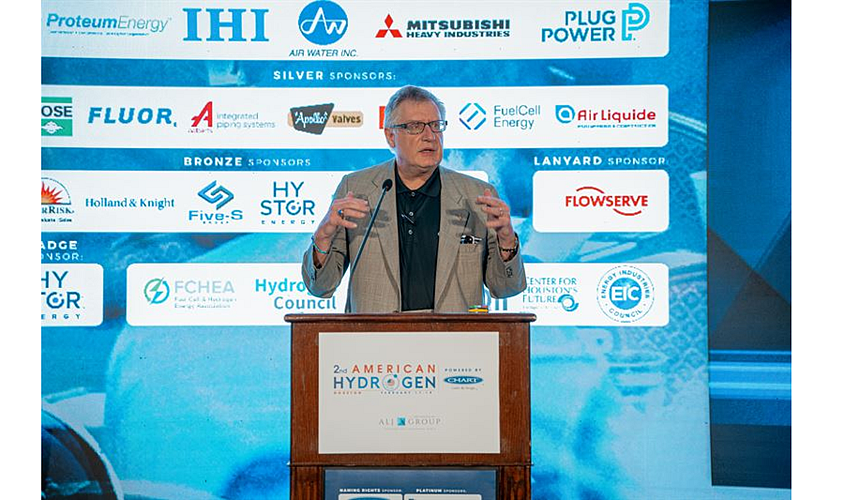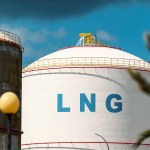“Transportation and safety, as well as standards and regulation, are going to be nothing short of boundary conditions in this energy transition.”
That was the message for the hydrogen industry from Christopher J. Wiernicki, ABS Chairman, President, and CEO in a keynote speech to open the American Hydrogen Forum.
“The biggest challenge we all face in terms of realizing ambitious net zero commitments is the sheer gradient of the curve ahead of us. The pace of the development of hydrogen and carbon value chains is going to be key to managing that curve. Quite frankly, the curve is so steep, and the cost is such that, in order to achieve the required velocity, government support is a pre-requisite so these value chains can develop in time to deliver.”
Hydrogen and carbon capture are critical to achieving net zero and the development of both value chains are intertwined.
“Even though they are quite diverse, the carbon and hydrogen value chains have several points of intersection in the area of fuel technology. One method of carbon capture involves removing CO2 directly from the air, in what is called Direct Air Capture, a technology that is still in the refinement stages. Carbon captured in that way can be combined with green hydrogen to produce completely net-zero synthetic fuels – green methanol, green LNG, etc.
Transportation, Safety, Standards and Regulation are Boundary Conditions in the Energy Transition, Wiernicki Tells Hydrogen Industry Image credit Jakub Kutys.
“This makes carbon capture a developmental cornerstone for net-zero hydrogen and underlines how the value chains are deeply intertwined. There are many unknowns before us today, but one thing seems fairly certain: if hydrogen and carbon technologies are essential to achieving net-zero emissions, then hydrogen and carbon value chains will be essential to achieving a net-zero global economy.”
He emphasized how regulation and standards will need to keep pace with technological development to ensure safety is at the forefront.
“We are entering an era where regulations and standards need to move at the same pace as technological breakthroughs. And there is an equally growing need for standardization and globally accepted frameworks that will be used for the adoption of the technologies that will support these value chains. Furthermore, a universally accepted approach to the calculation and verification or life cycle carbon footprint will provide the necessary credibility to the hydrogen value chain projects. On the other hand, carbon accounting standards and GHG inventory will provide the proper tools for verification of the impact the carbon value chain operations will have on the transition.
“On this journey, safety must continue to be the common denominator in all that we do, with the safety and scalability of decarbonization technologies functioning as boundary conditions. We must also continue to guard against the unintended safety consequences that will inevitably be born out of the rush for lower carbon operations.”
Source: Hellenic Shipping News






